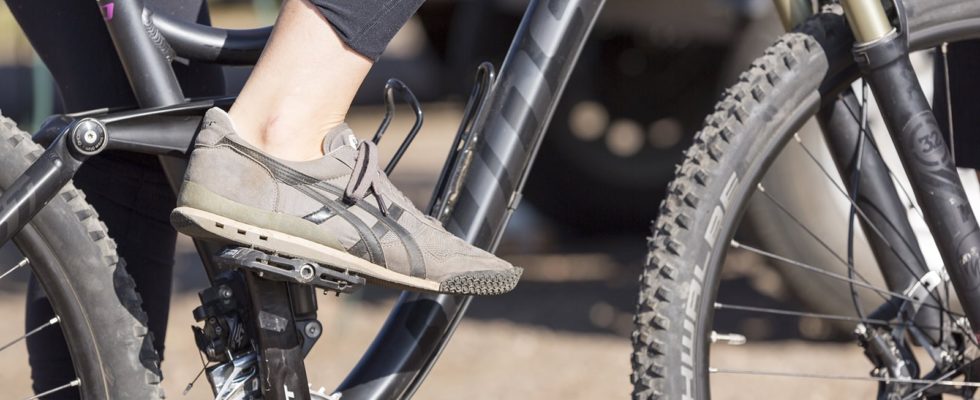Mountain bikes might have been created a few decades ago but they have changed the face of cycling in a remarkable way. Since its inception, the mountain bike (MTB) has undergone constant metamorphoses with the end result being a masterpiece enjoyed by hobbyists and professional racers alike.
Simply put, a mountain bike is a bicycle created for the purpose of off-road cycling. It looks like a classic bicycle and actually uses the same riding principle but an MTB has superior features that make it capable of handling tricky terrains such as large rocks, potholes, bumps, and tree roots.
There are many elements that make a mountain bike powerful but one that stands out is the pedal frequency. In this article, we’ll highlight a few aspects you need to know about your MTB’s pedal frequency.
What Does Pedaling Efficiency Mean?
In cycling, the term pedaling efficiency refers to the energy output of the legs compared to the amount of energy used by the body to create it. It represents the link between external power output and ATP turnover. Hence, for a specific metabolic rate, a rider produces more power output at a decreased metabolic rate (in other words less strain). From this definition, it is clear that pedaling efficiency is based on how the body creates the pedal stroke and the power created by the legs themselves rather than the power output from the pedals. This means you can use the same pedal stroke and create the same amount of power with the same frequency but experience varied power output at the pedals.
What Determines Pedal Efficiency?
There are plenty of factors that come into play when determining pedal efficiency. These include the following:
- Cadence: Cadence is the number of crank revolutions per minute. In simple terms, it is the rate at which a rider is turning the pedals. The cadence of a mountain bike is directly proportional to its wheel speed but is technically a parameter of gearing – the crank rpm to wheel rpm ratio. Cycling cadence is important for several reasons but the greatest one is that it enhances cycling performance. Choosing a comfortable value means you don’t get exhausted quicker. It also enables you to pedal quite faster without straining your muscles on every crank and stroke
- Stamina: Your stamina determines how well you move your MTB. The more muscles you use, the better your coordination. Strong glutes are particularly essential in enhancing pedaling efficiency.
- Technique: Professional racers have been thoroughly trained on the essentials of cycling including pulling up, maximizing power, pushing for three o’clock and more. This is why they enjoy high pedaling efficiencies no matter the distance of the race.
- Seat Position and Reach to Bars: These two elements also play a key role in how well you pedal your mountain bike on the road. You have to find a sweet spot depending on your height and build.
The pedaling frequency of your mountain bike can make or break your riding experience. A good frequency enhances your efficiency and helps increase your speed without causing too much fatigue.


